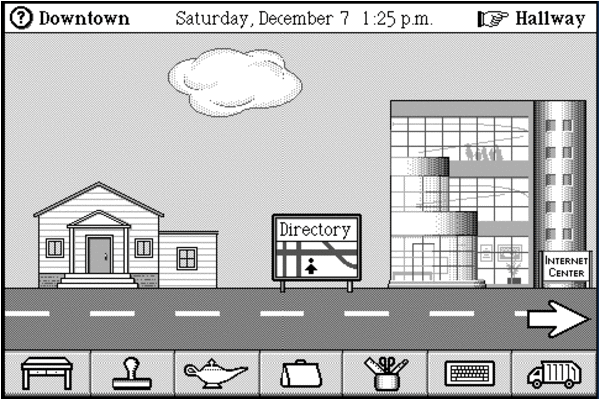A group of popular Web device designers briefly meet and draw up a sketch of their newest gadget. Once they all agree, they hit save and they’re done. By the end of the day, hundreds of truckloads of their latest Internet of Things device is not only in the hands of customers on every continent, but each device has already been uniquely modified for each user’s specific needs.

This fast approaching era of desktop manufacturing via advanced MakerBots and other 3D printers is in part why ThingM co-founder Mike Kuniavsky runs an annual conference called Sketching in Hardware. The event aims to “bring together a small group of people from technology, education, art and design worlds to talk about how to make creating electronics as easy as drawing with a pencil.”
Thanks to ReadWriteWeb reader Droom Zacht, who recognizes Kuniavsky’s Orange Cone blog feed as “a milestone of the Internet of Things,” we decided to more fully investigate Kuniavsky’s work.
Background
In the mid 1990s, Mike Kuniavsky was senior researcher at Wired Digital. He then moved on to co-found Adaptive Path and more recently ThingM, which works in the fields of hardware and software user experience, Web technology development and consumer robotics. Kuniavsky’s first book was Observing the User Experience: A Practitioner’s Guide to User Research. He has since published the Human Computer Interaction Handbook, and you can now pre-order his upcoming book Smart Things: Ubiquitous Computing User Experience Design via Amazon.
Orange Cone Blog
OrangeCone is a public notebook where Kuniavsky shares his research and expertise as an Internet of Things usability expert. His blogging style is great for understanding the big-picture overview of what’s going on. He told us that, “For me, superficial differences (say: Flash vs. HTML5 vs. Cocoa) are not actually as important as the impact of deep infrastructural technologies, and I only see a couple of those. That’s why my focus these days is on how to create interfaces on multiple devices that still all read as the same service.” With some exceptions, Orange Cone is a collection of posts that you can read through as though it were an educational textbook.

One of the most memorable posts is an excerpt from his upcoming book, Smart Things. In it he shares numerous screenshots of a 1994 mobile device called Magic Cap. This device predated Palm by several years and is far more sophisticated than what this writer thought was possible back then.
A View of The Future
The future according to Kuniavsky is best explained in a presentation he made at the 2009 Lift Conference in France titled “When Bits Meet Atoms: Making Things in a Read-Write World.” His presentation outlines the death of read-only material culture and the birth of Lessig’s read-write culture, which will fundamentally change our relationship with not just objects, but copyright law as well.
In it he explains that “the end of Read-Only material culture, as I mark it, began in 1985, with the release of the Apple LaserWriter, which was the first mass market device that merged the flexibility of bits with the tangibility of atoms.”
Mike Kuniavsky “Changing Things” (Lift09 France EN) from Lift Conference on Vimeo.
Priorities
When we asked him about the most essential element of his work, he told us:
“Dialogue about how to integrate information processing into our daily lives so that the result is greater productivity and satisfaction through technology, as opposed to increased use of technology for technology’s sake. Another way to say it: ubiquitous computing, interaction design, mobile UX design and Web sites are all part of the same thing to me. They’re all products of the interaction of several fundamental technologies (cheap chips and wireless networking being the most important) which is rapidly driving the increasing integration of information processing into everyday life.”

Back when we wrote about the top Internet of Things blogs to follow we left the Orange Cone blog off the list. At the time we hadn’t looked into his postings enough. But thanks to a ReadWriteWeb reader we realized that Orange Cone deserved a post of its own.
Who’s next? Do you know of an Internet of Things innovator we need to write about? If so, please post your suggestion in the comments below.
Images courtesy of Mike Kuniavsky, ThingM and Orange Cone.










